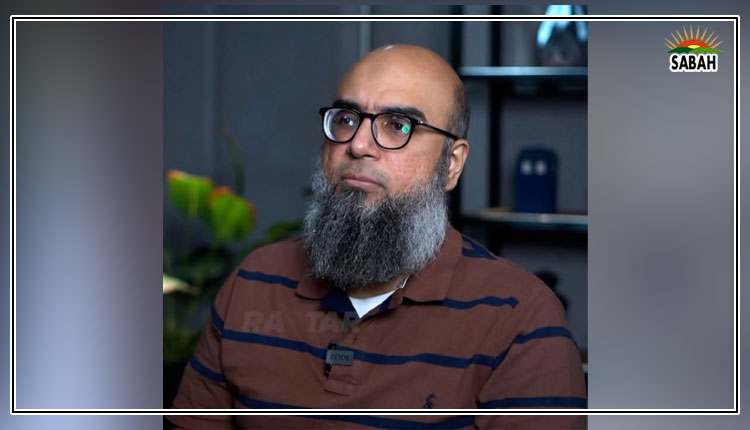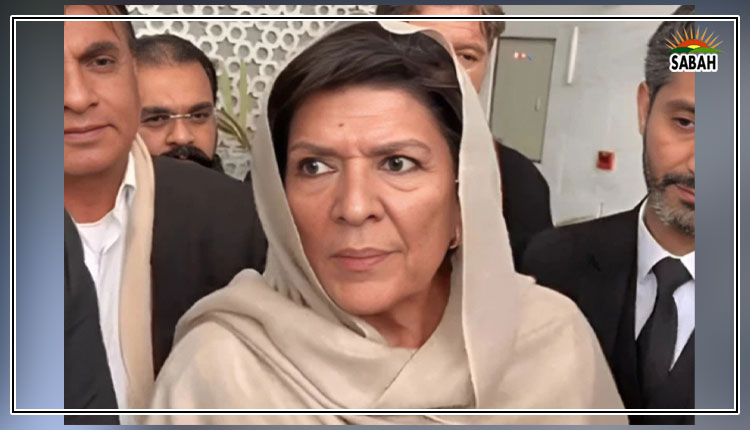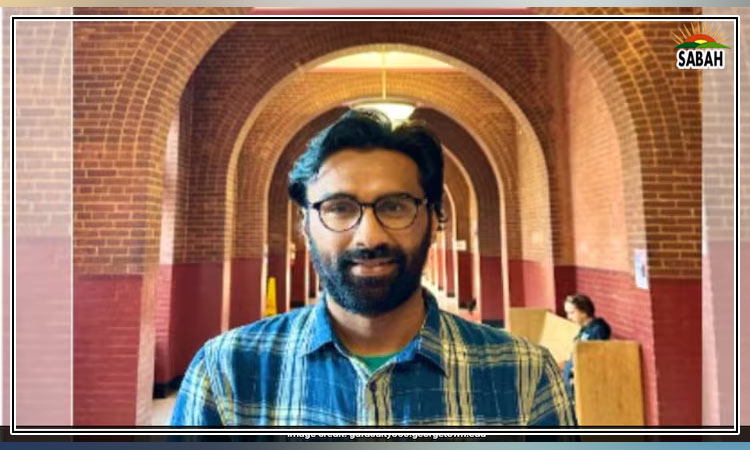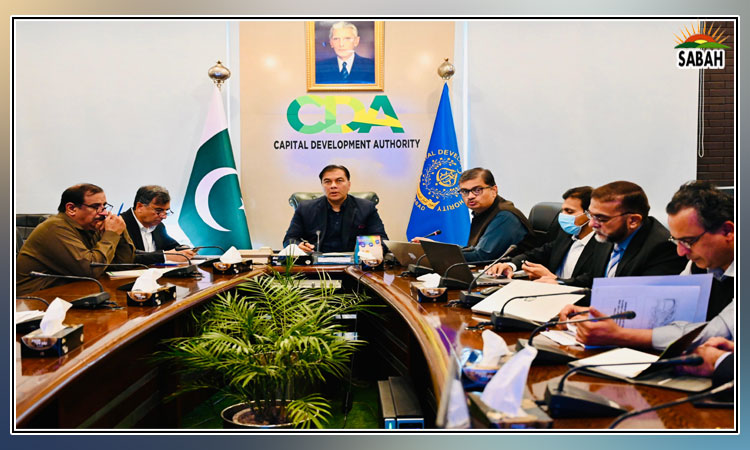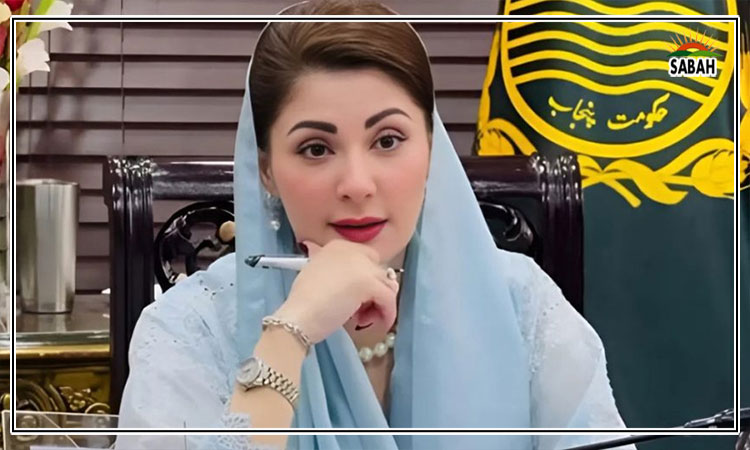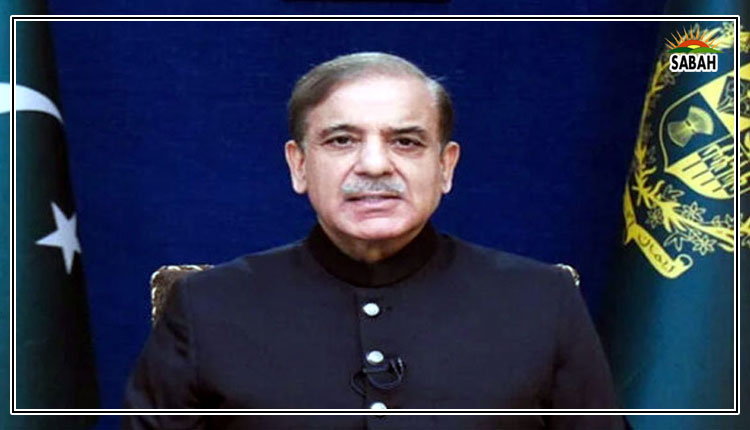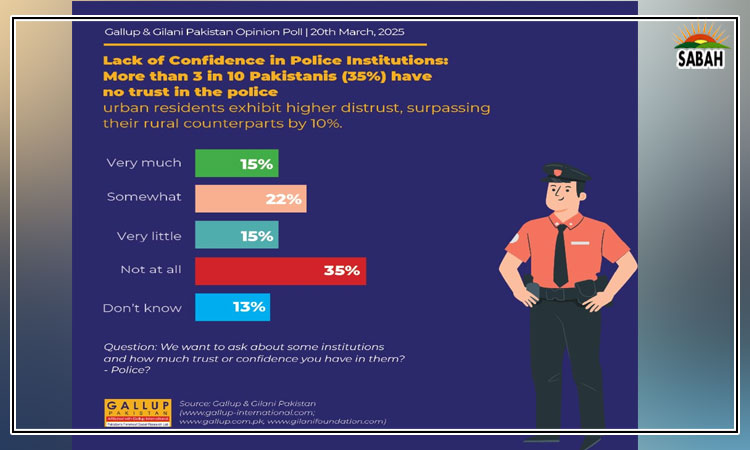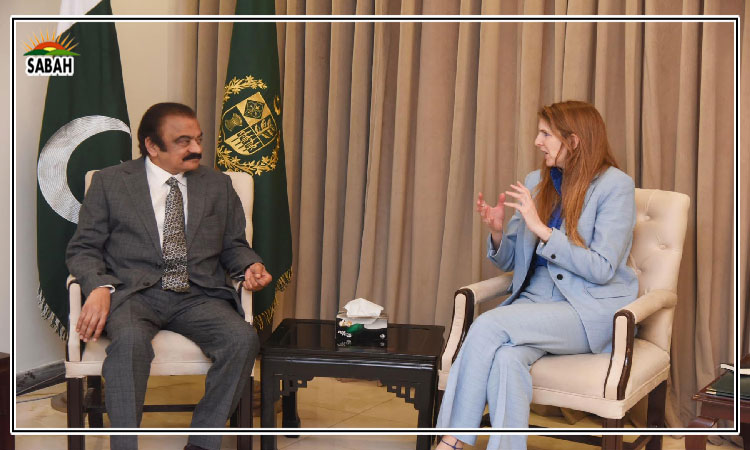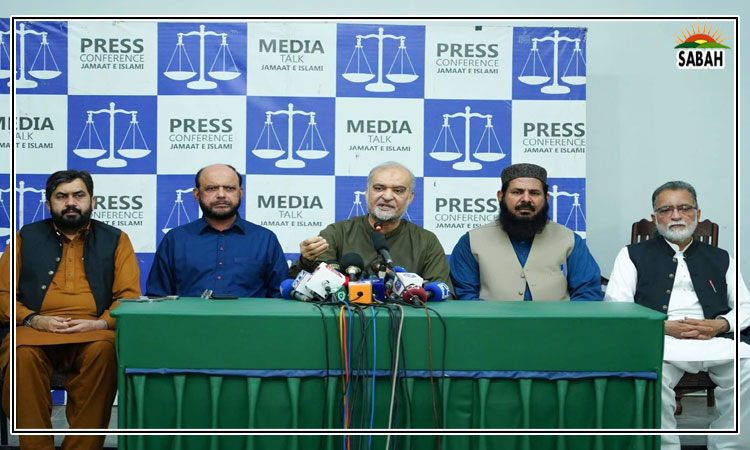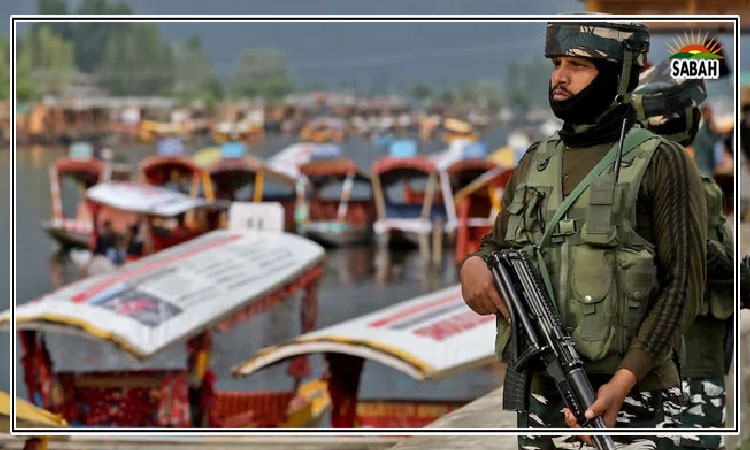A tale of two Indias ……Hussain H Zaidi
India is a mammoth country and as big a land of contradictions. It is the world’s largest democracy but is not prepared to give Kashmiris the right to self-determination.
Not only that, the government grabbed whatever autonomy they had in violation of New Delhi’s international commitments – a decision on which the country’s apex court finally put its seal on flimsy grounds, having kept the challenge on the backburner for four years, just months before the national elections.
India trumpets its secular credentials at every available forum, but minorities are put to death here on the slightest suspicion of eating beef. Not only that, the ruling party builds its winning electoral narrative on the edifice of whipping up hatred for Muslims.
Among the world’s fastest-growing economies, India is also home to the world’s largest number of people condemned to poverty and squalor. It is on the cusp of becoming an information technology powerhouse, but an enormous section of society remains mired in superstitions and is half the time ripped off by spiritual cons.
India’s entertainment industry holds worldwide sway, but the image of society that it portrays exists only on the celluloid or TV screens or in the houses of the super-rich like Mukesh Ambani.
Hence, for all its glamour and voluptuousness, pomp and extravaganza, India’s soft power cannot cover up the excrescence that exists in the shape of slums and shanty towns in metropolises. Here is a society that in recent years has seen a mushroom growth of the nouveau riche but where farmers commit suicide in the face of bad crops and girls cannot marry because their parents fail to arrange a dowry. All this makes India a land of contradictions.
In recent months, the world has seen another double face of India. Located in northeast India and bordering Myanmar is the Manipur state. Three major ethnic groups in the state are Meitei, Nagas, and Kukis. The last two mentioned are tribal people assigned Scheduled Tribe status, while the Meiteis are treated as Other Backward Class and in some places as Scheduled Castes.
Under the Indian constitution, the scheduled tribes (ST) and scheduled castes are the most disadvantageous groups and are entitled to preferential treatment for education and government jobs.
In April 2023, the Manipur government, on the instructions of the state’s high court, requested New Delhi to give ST status to the Meiteis and thus bring them on par with tribal people with regard to education and job quotas. The decision set off communal violence in the state, which consumed hundreds of lives. The problem has a religious aspect as well. The Meiteis are predominantly Hindus, while the majority of tribal people profess minority creeds.
The BJP, which has been ruling the state since 2017, has encouraged the Meiteis to practise Hindutva politics against minorities. To make a bad situation even worse, the state chief minister branded the Kukis as terrorists.
Despite the demands of the opposition, notably the Congress, the BJP government in New Delhi did not invoke Article 356 of the constitution, which empowers the centre to clamp presidential rule on a state if the situation goes beyond the control of the local government. Nor did Prime Minister Modi visit the state, maybe because the state has only two seats in the Lok Sabha, the lower house of the Indian parliament. The situation led Congress leader Rahul Gandhi to quip that the union government behaved like Manipur was not a part of India. Be that as it may, Premier Modi did make an appearance at the marriage reception of Mukesh Ambani’s son.
The extravagant festivities started months before the wedding and were carried out in different parts of the world. The list of the elite who made it to pre- or wedding-day bash included former world leaders like Boris Johnson, heads of internet giants such as Meta and Microsoft, pricey entertainers like Rihanna and the Kardashians, and of course the entire Bollywood pack. It was the Ambanis who made the three grand Khans of the tinsel town dance together – a never-before-seen spectacle.
Of course, making celebrities or VVIPs shake a leg or two together is nothing new for India’s richest family. A few years back, at the wedding of Ambani’s daughter, two former US secretaries of state and presidential contenders whirled on the dance floor with Bollywood heartthrobs. By all accounts, super-wealthy Indians can blow anyone’s socks off.
Economist Thorstein Veblen coined the term ‘conspicuous consumption’. He argued that consumption not only satisfies physical or physiological needs; it also helps meet social aspirations. An automobile enables us to commute conveniently. At the same time, it is also a means to show off our wealth. While any four-wheeler can serve a physical purpose, only a top-of-the-line brand can be regarded as a status symbol.
The trend-setting affluent segment, which Veblen calls the leisure class, is always bursting to inspire awe among the rest of society. Therefore, it sees little point in consumption for the sake of it. Of what use is a house if it doesn’t leave neighbours and passers-by – and in the case of the Ambanis, an international audience – stunned?
When ostentatious appearance is deemed to be more important than utility, the manufacturer’s or designer’ logo is preferred to product performance; goods and services are bought not to satisfy the genuine needs but to avoid the stigma of being labelled as tasteless; purchase decisions are governed by the desire to leave others spellbound; the acquisitive instinct is allowed to run amok in the name of the right to choose; or when a one-hour concert costs more than $6 million in a country where the per capita income is less than $3,000 a year, there are unmistakable signs that the society’s scarce resources are being grossly misallocated.
Conspicuous consumption also gives rise to social emulation, as those living at the bottom and middle of the economic heap seek to ape the lifestyle of the upper class, even if it entails living beyond their means or making a big hole in their little pocket. This is normally done either by using scaled-down versions of the products used by the upper class or by running a debt. If you cannot afford to entertain the guests with champagne at a party you have thrown up, you will use locally brewed liquor. If you cannot buy a limousine for your son’s wedding, you hire one for a day or two, even if it whisks away your lifetime savings in one go.
The cultural characteristics of societies like India and Pakistan make them highly susceptible to conspicuous consumption. Such societies are characterized by a high propensity to consume, high need affiliation (the desire to please others), and high need dependency (feeling inferior to others, who are wealthier). In such societies, as a rule, prestige takes precedence over utility in determining the value of a commodity. The rich itch to parade their wealth and the less affluent are desperate to avoid the stigma of being branded as an underclass.
The traditional land-owning Indian elite – the rajas and the princes – displayed their enormous wealth in three principal ways: a panoply of grand palaces, castles and chateaus; a collection of pricey and ostentatious ornaments; and a fleet of well-bred horses and, in some cases, awe-inspiring elephants. Industrialists like the Tatas and Birlas, though rich, were culturally subdued. Businessmen were not yet role models. The era of socialism in post-independent India sounded the death knell for the landed gentry. The chateaus were turned into tourist resorts.
In the early 1990s, India began to open up its economy and tread the capitalist path. Thus emerged a new corps of sky-is-the-limit industrialists, who were destined to be trendsetters in 21st-century India. Though the new elite were harbingers of a new India, they retained, with slight changes, the stately lifestyle of the land-owning class.
If wealth creation were the basis of development, we could safely say that India was on the cusp of graduating into a developed economy. However, economic development is not essentially a game of numbers but a cultural accomplishment. In the course of development, the biggest challenge that a society faces is to evolve the supportive social values, which India does not have.
The writer is an Islamabad-based columnist. He tweets/posts @hussainhzaidi and can be reached at: hussainhzaidi@gmail.com
Courtesy The News


